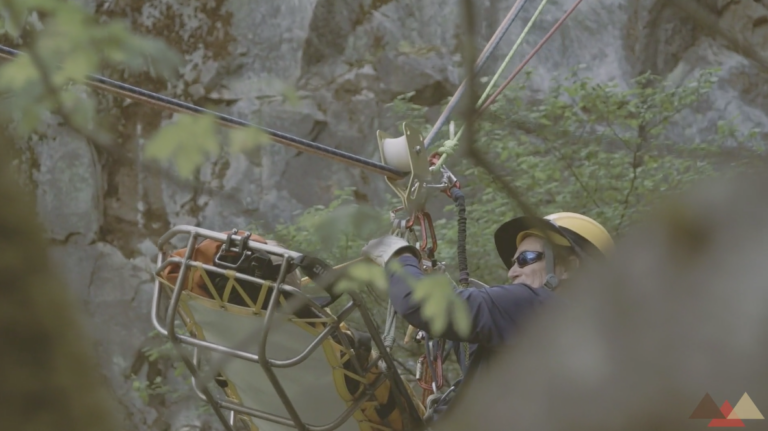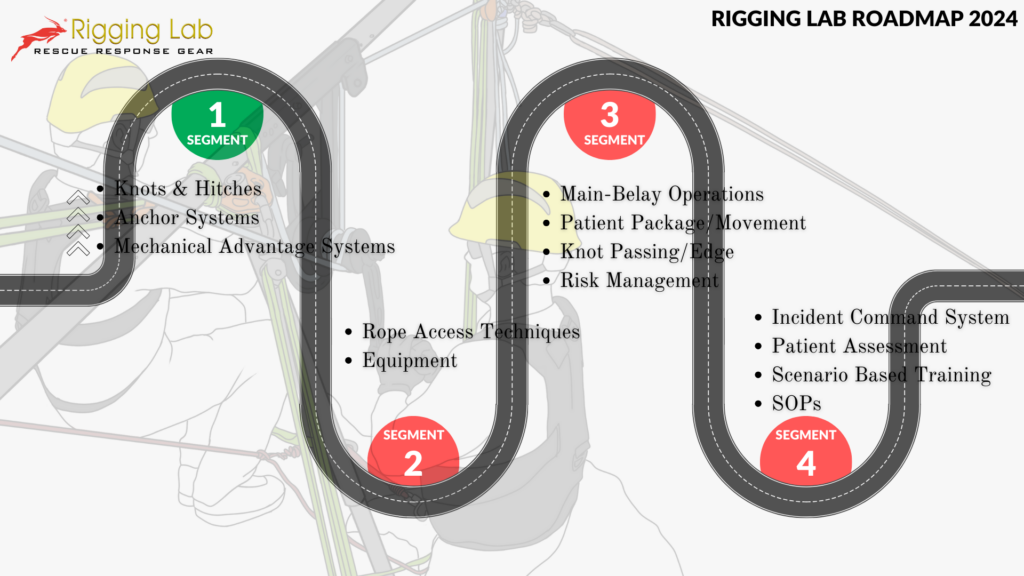Collaborative Precision: Mastering High-Angle Rescues with Dual Rope Systems
In the intricate dance of technical rescue, team-based scenarios serve as both a challenge and a vital learning opportunity, unfolding in the complex terrain of high-angle environments. This particular operation delves deep into the nuances of executing a two-rope lower that transitions seamlessly into a trackline operation, a testament to the adaptability and collaborative spirit of rescue teams.
The genesis of this scenario was rooted in a real-world simulation: an injured individual, incapacitated by a fall, necessitating an intricate rescue. The initial plan was straightforward—lower a MedTech with a litter using a Two Tension Rope System (TTRS), then establish a secondary trackline for safe extraction. However, as is often the case in dynamic rescue situations, the team faced unforeseen challenges, notably the absence of an Artificial High Directional (AHD), which significantly complicated the operation.
Despite these hurdles, the scenario unfolded with a deep commitment to improvisation and problem-solving. The MedTech, equipped with a litter and an additional set of ropes, descended to the patient. Upon reaching the injured party, a messenger line was dispatched to the team below, facilitating the establishment of a trackline that would guide their ascent and subsequent lowering to safety.
The operation was characterized by its length and the physical demands placed on the team, particularly due to the significant weight of the deployed ropes. Yet, through meticulous tensioning of the trackline—balanced to avoid system stress—the coordination between the upper and lower teams epitomized efficiency, culminating in a precise landing within the designated target area.
This scenario underscored several key learning points and reinforced the importance of preparedness and communication in the face of unexpected challenges:
- Strategic Planning: Emphasizing the need for comprehensive SWOT (Strengths, Weaknesses, Opportunities, Threats) analysis to anticipate and mitigate potential obstacles.
- Judicious AHD Utilization: Recognizing the critical role of AHDs in facilitating smoother operations, even in scenarios where their use is minimal or improvised.
- Skill-Appropriate System Deployment: Tailoring rescue systems to match the team’s collective skill set, ensuring that operations remain within the realm of their expertise.
- Leadership Coordination: The establishment of clear leadership roles—topside leader, bottom side leader, and an overarching scenario leader—to streamline decision-making and execution.
The operation’s conclusion brought forth a collective acknowledgment of the challenges faced, particularly the pitfalls of inadequate AHD deployment and communication breakdowns. This experience, though fraught with difficulties, served as a powerful learning moment, highlighting the indispensable value of preparation, leadership, and the strategic use of equipment in executing high-angle rescues efficiently and safely.
Peace on your Days
Lance










